The ICA delves into the unique approach of Forensic Architecture
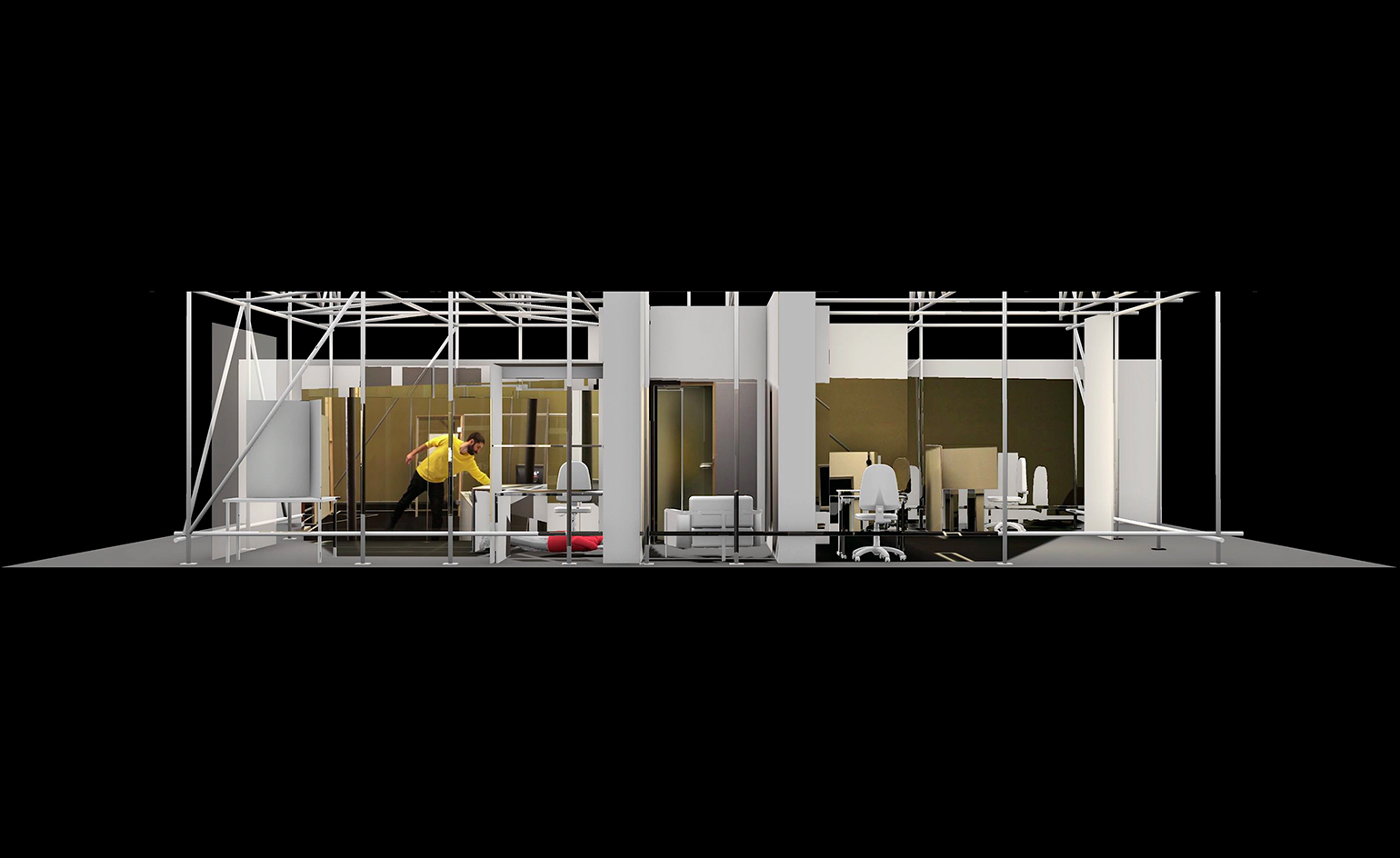
Buildings, contrary to usual logic, are not static and stable. They soak in the conditions which surround and move through them and flex, warp and deteriorate in response. They capture the traces of our movements and the lives we live in them; we wear the veneer off the floor where we usually walk through the house, and when we miss the lock with our keys it dents the paintwork. But could they also record a murder? Could examining a building after an event, just like a criminal pathologist examines a body to reconstruct the events of its demise, yield clues to a culprit? Can we interrogate a building like we do a person? Forensic Architecture proposes that we can, and a new exhibition at the ICA in London explains how.
Forensic Architecture’s practice runs counter to how architects normally operate; instead of constructing or visualising new spaces, they archeologically reconstruct the ghosts of buildings and scenarios which have often been destroyed or cleaned away after conflict or violence. This visual and spatial evidence of usually isolated events — such as a murder in an Internet café— then implodes outwards to uncover the corrupt machinations of entire states. Finally, this testimony of space is then brought to bear upon consequent legal proceedings in court. But for Forensic Architecture it is not just the physical and inanimate which is put on trial, but also things as immaterial as experience, perception and the fluid spatial constructions between people.
‘Counter Investigations: Forensic Architecture’ is a survey of the independent research agency’s work, presented through a selection of old and new investigations. Displays include cases, such as ‘the racist murder of a man in Kassel, Germany by a member of a far-right group, and instances of deferred responsibility by state agencies that have contributed to the deaths of migrants at sea in the Mediterranean’, explains the studio.
Their work may, on first glance, look artistic, but they only hijack the vehicle of art for its capacity to question the status quo and its ability to democratically engage with a wide audience. The work on display in this show is not art, architecture or infographics: it is evidence.

Installation design of the Forensic Architecture exhibition at the ICA in London.
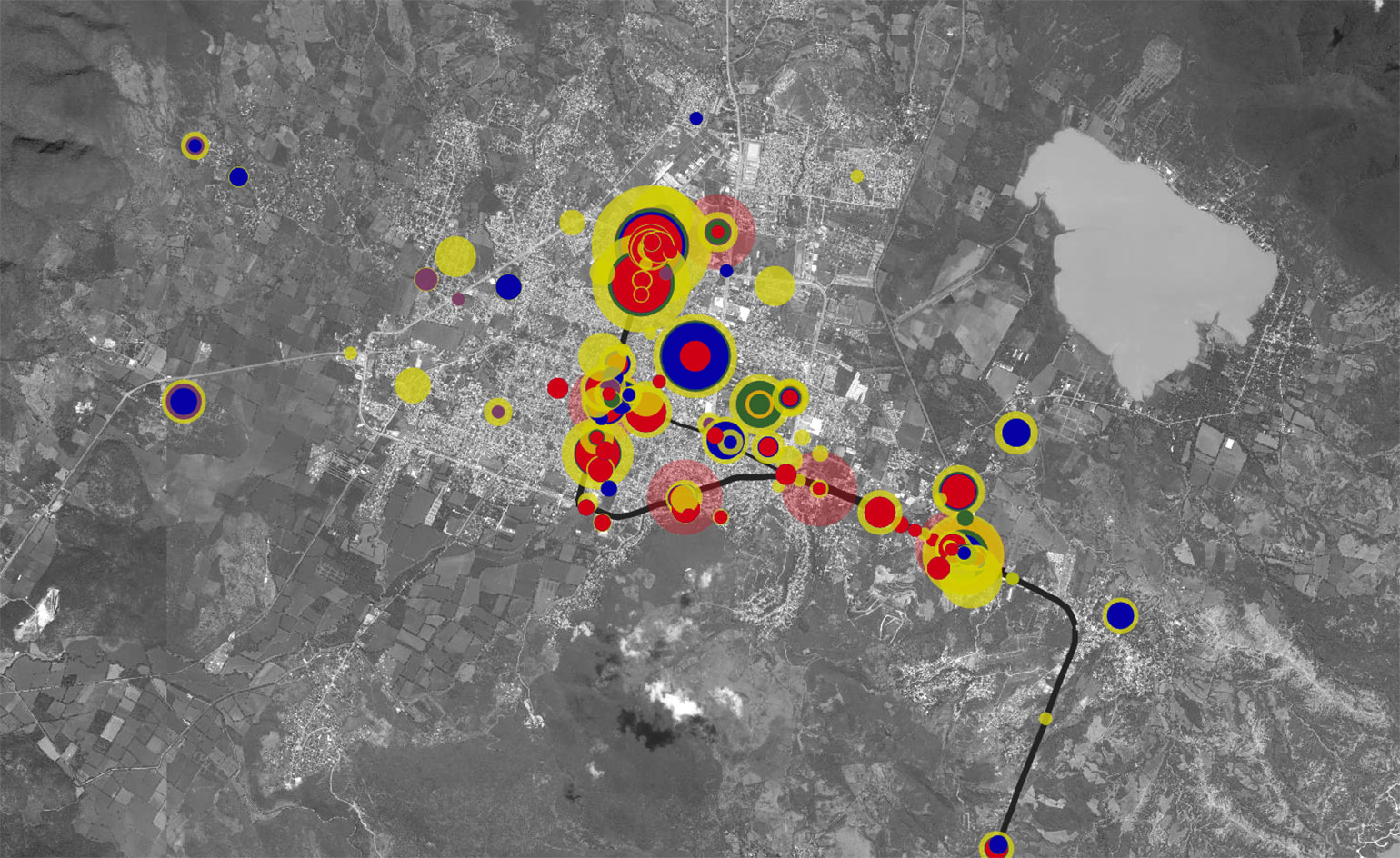
The Ayotzinapa online platform explores the events surrounding the disappearance of 43 students in the town of Iguala, Mexico, in 2014.
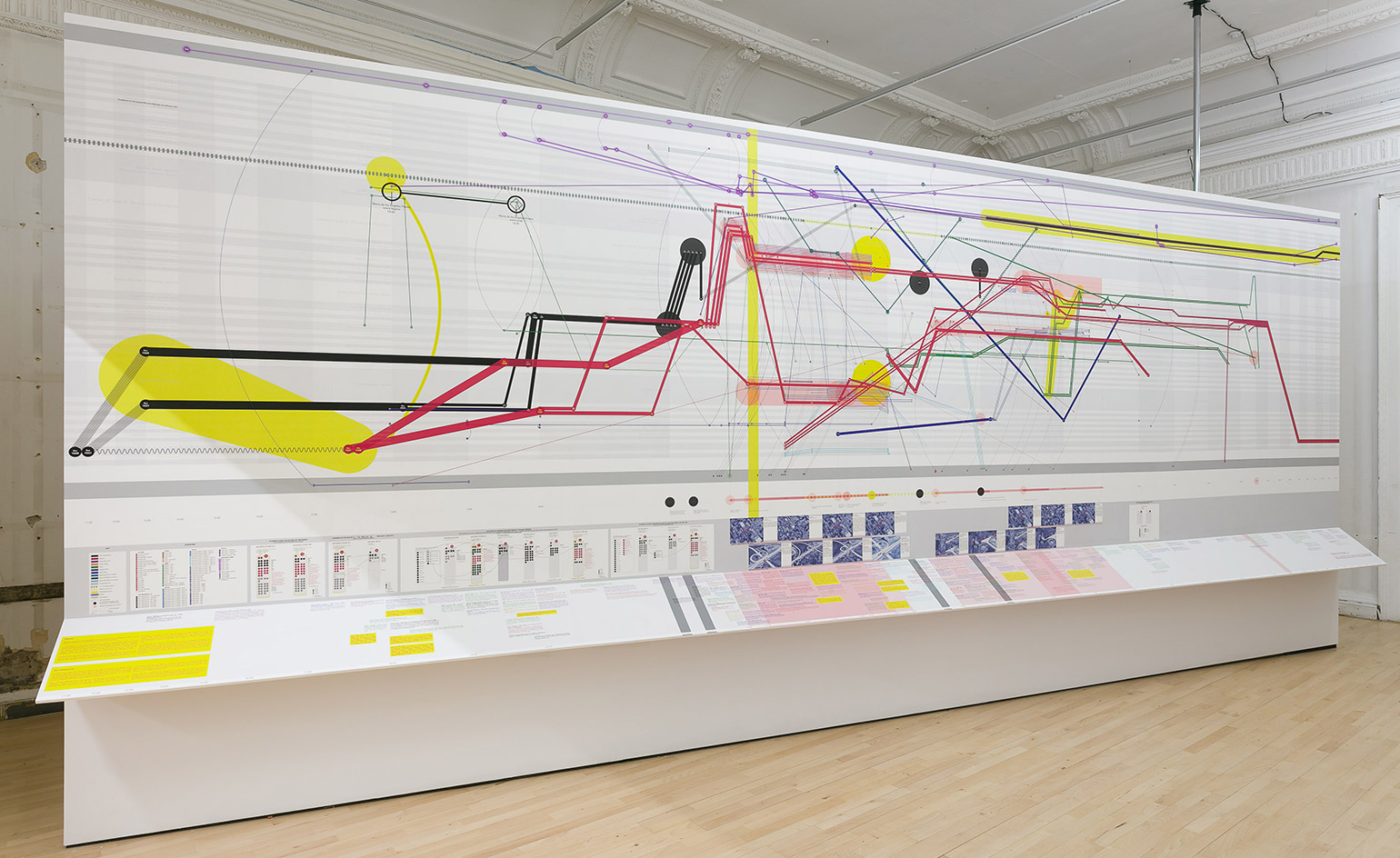
Installation of the Forensic Architecture exhibition at the ICA in London
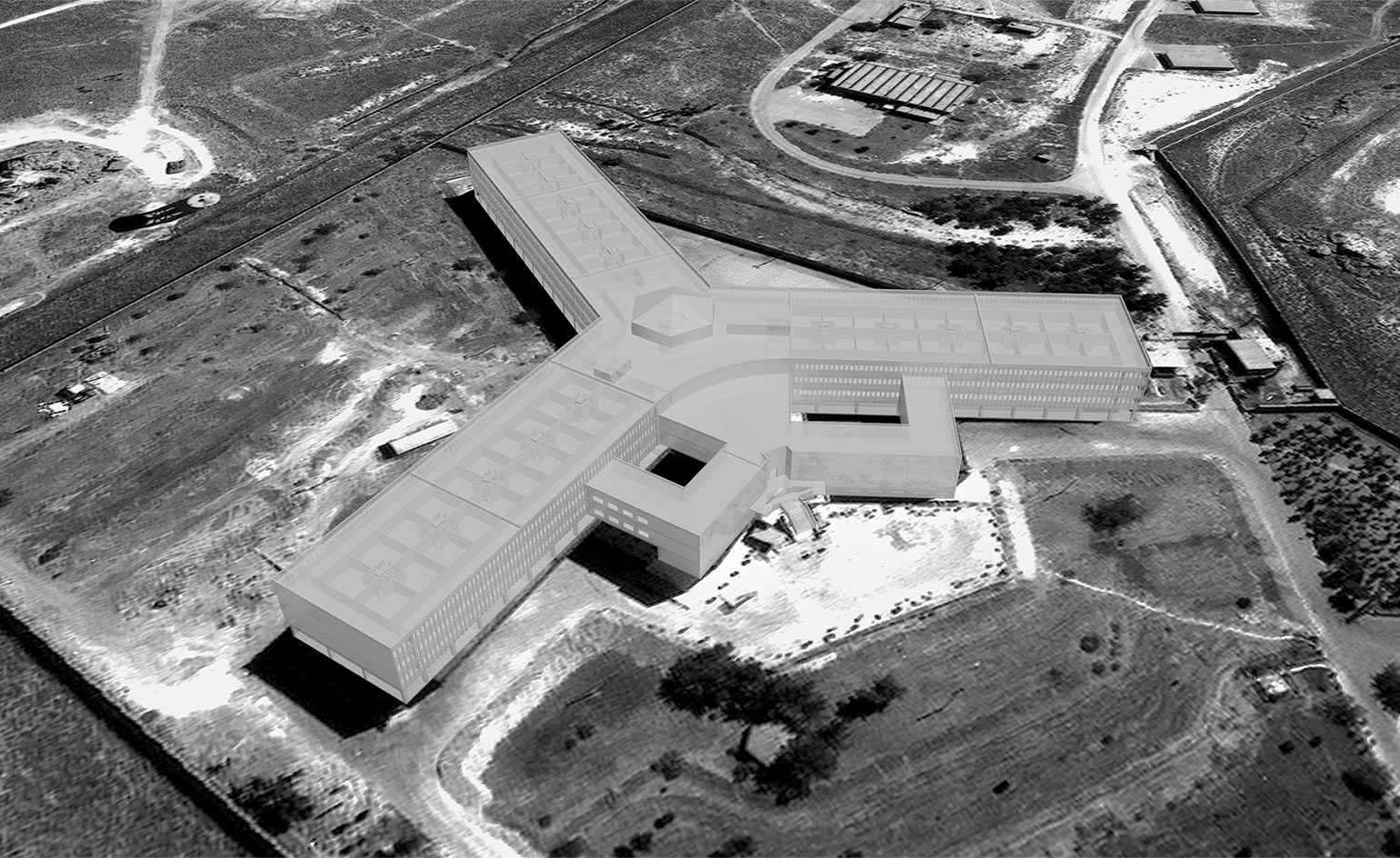
The Ayotzinapa online platform explores the events surrounding the disappearance of 43 students in the town of Iguala, Mexico, in 2014.
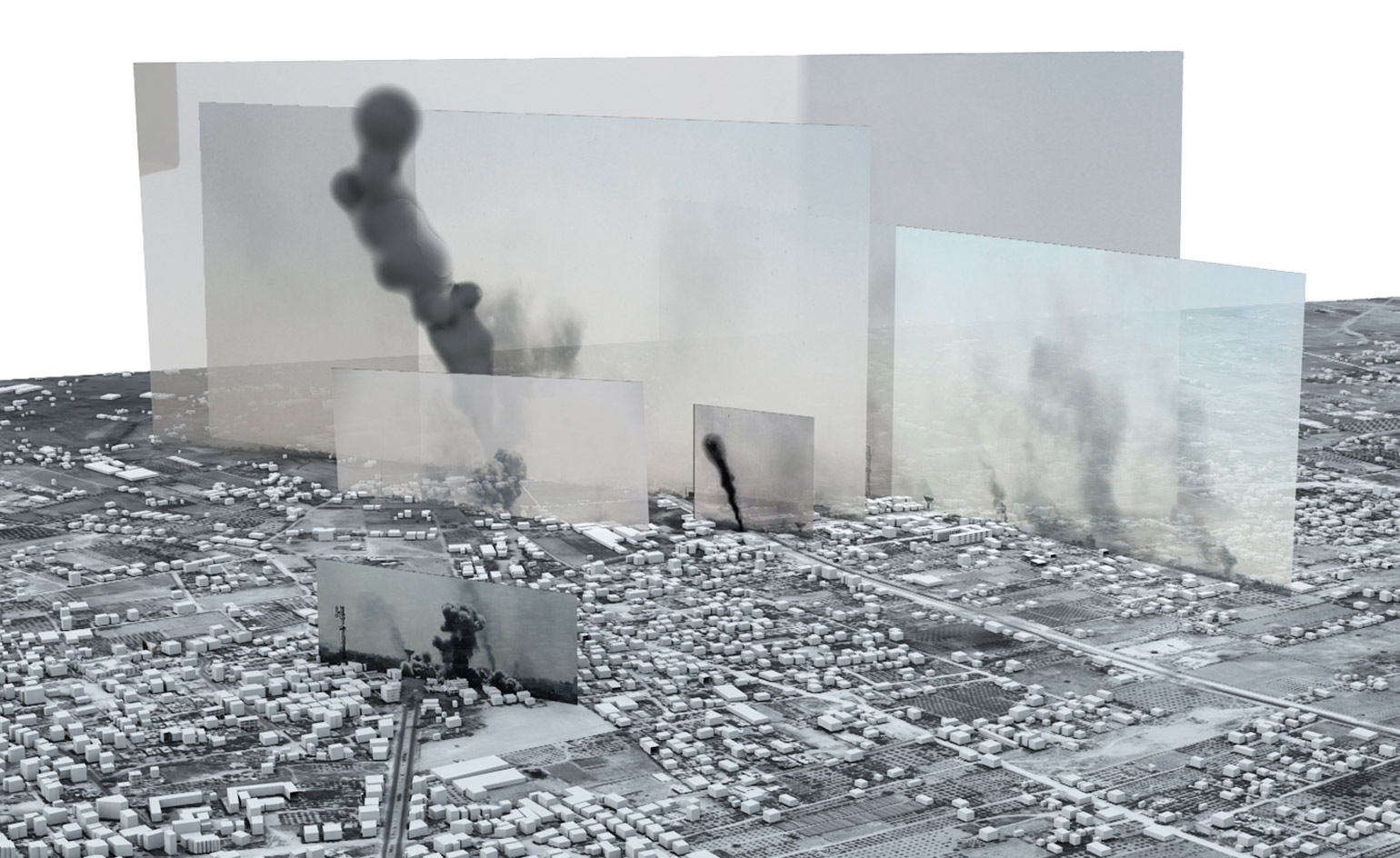
Model of Rafah, Gaza combining images and videos of bombing on 1 August, 2014.
INFORMATION
’Counter Investigations: Forensic Architecture’ is on show at the ICA in London until 6th May 2018. For more information visit the ICA website
ADDRESS
ICA
The Mall
London
SW1Y 5AH
Wallpaper* Newsletter
Receive our daily digest of inspiration, escapism and design stories from around the world direct to your inbox.
-
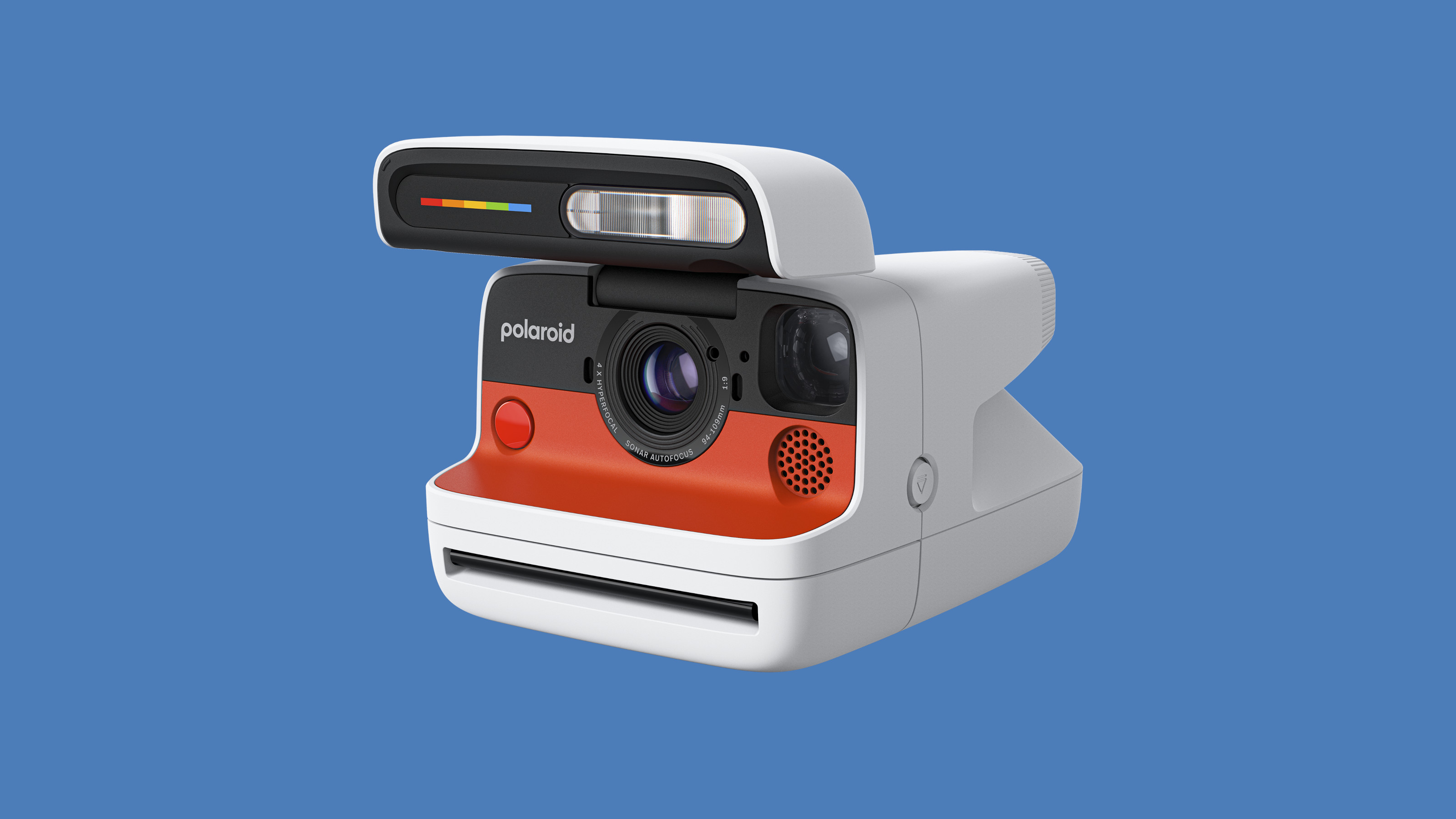 The new Polaroid Flip unfolds to bring you pin-sharp instant photography
The new Polaroid Flip unfolds to bring you pin-sharp instant photographyPolaroid announces the Flip, an instant camera that blends its evergreen film technology with better results and more control
By Jonathan Bell
-
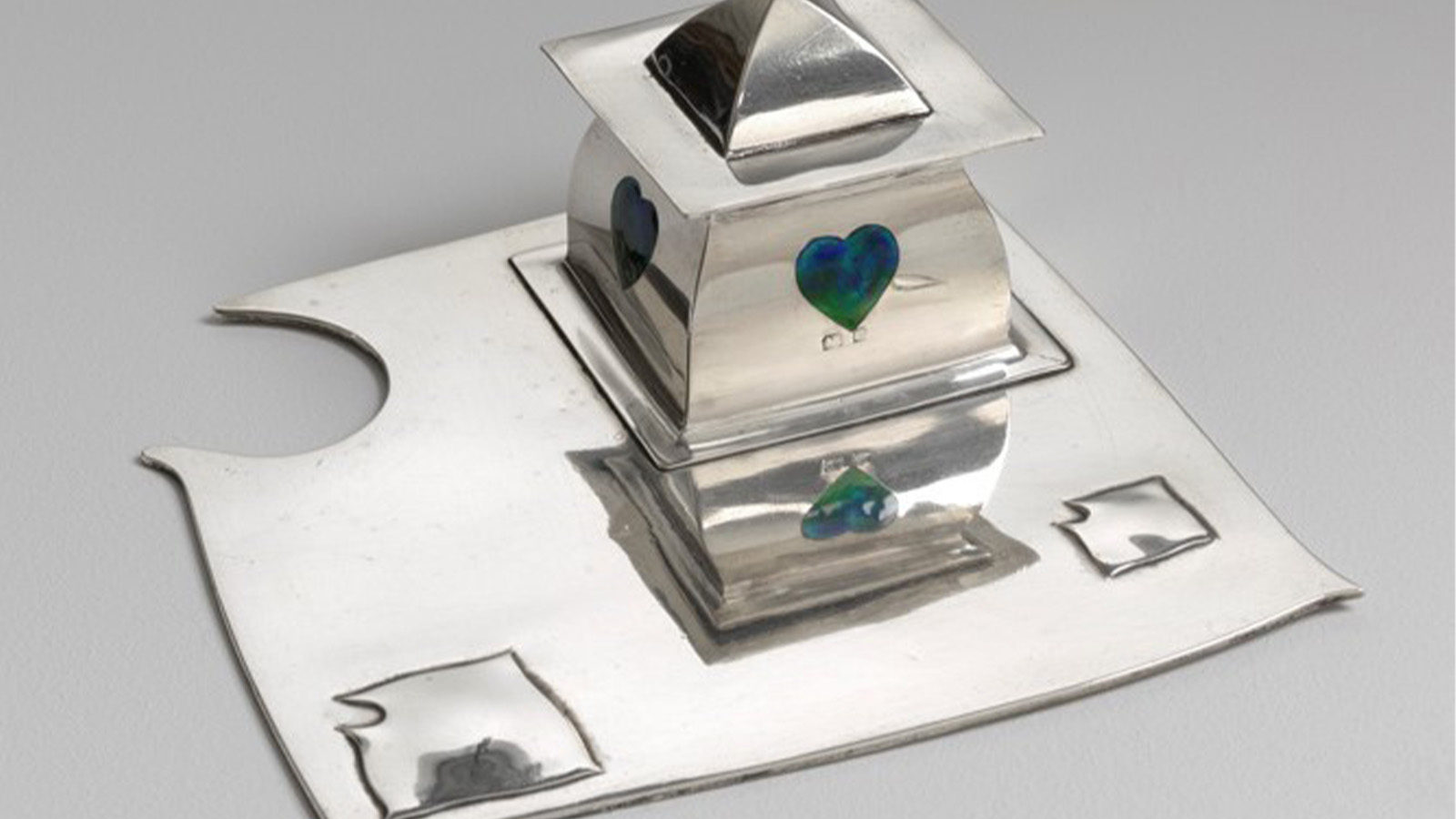 On the Isle of Man, the secret history of designer Archibald Knox is revealed
On the Isle of Man, the secret history of designer Archibald Knox is revealedThe mysterious life and works of local designer Archibald Knox is celebrated in a retrospective at Manx Museum, spanning silverware, furniture, clocks and more
By Emma O'Kelly
-
 Conie Vallese and Super Yaya’s beribboned bronze furniture is dressed to impress
Conie Vallese and Super Yaya’s beribboned bronze furniture is dressed to impressTucked away on the top floor of Villa Bagatti during Milan Design Week 2025, artist Conie Vallese and fashion designer Rym Beydoun of Super Yaya unveiled bronze furniture pieces, softened with hand-dyed ribbons in pastel hues
By Ali Morris
-
 An octogenarian’s north London home is bold with utilitarian authenticity
An octogenarian’s north London home is bold with utilitarian authenticityWoodbury residence is a north London home by Of Architecture, inspired by 20th-century design and rooted in functionality
By Tianna Williams
-
 What is DeafSpace and how can it enhance architecture for everyone?
What is DeafSpace and how can it enhance architecture for everyone?DeafSpace learnings can help create profoundly sense-centric architecture; why shouldn't groundbreaking designs also be inclusive?
By Teshome Douglas-Campbell
-
 The dream of the flat-pack home continues with this elegant modular cabin design from Koto
The dream of the flat-pack home continues with this elegant modular cabin design from KotoThe Niwa modular cabin series by UK-based Koto architects offers a range of elegant retreats, designed for easy installation and a variety of uses
By Jonathan Bell
-
 Are Derwent London's new lounges the future of workspace?
Are Derwent London's new lounges the future of workspace?Property developer Derwent London’s new lounges – created for tenants of its offices – work harder to promote community and connection for their users
By Emily Wright
-
 Showing off its gargoyles and curves, The Gradel Quadrangles opens in Oxford
Showing off its gargoyles and curves, The Gradel Quadrangles opens in OxfordThe Gradel Quadrangles, designed by David Kohn Architects, brings a touch of playfulness to Oxford through a modern interpretation of historical architecture
By Shawn Adams
-
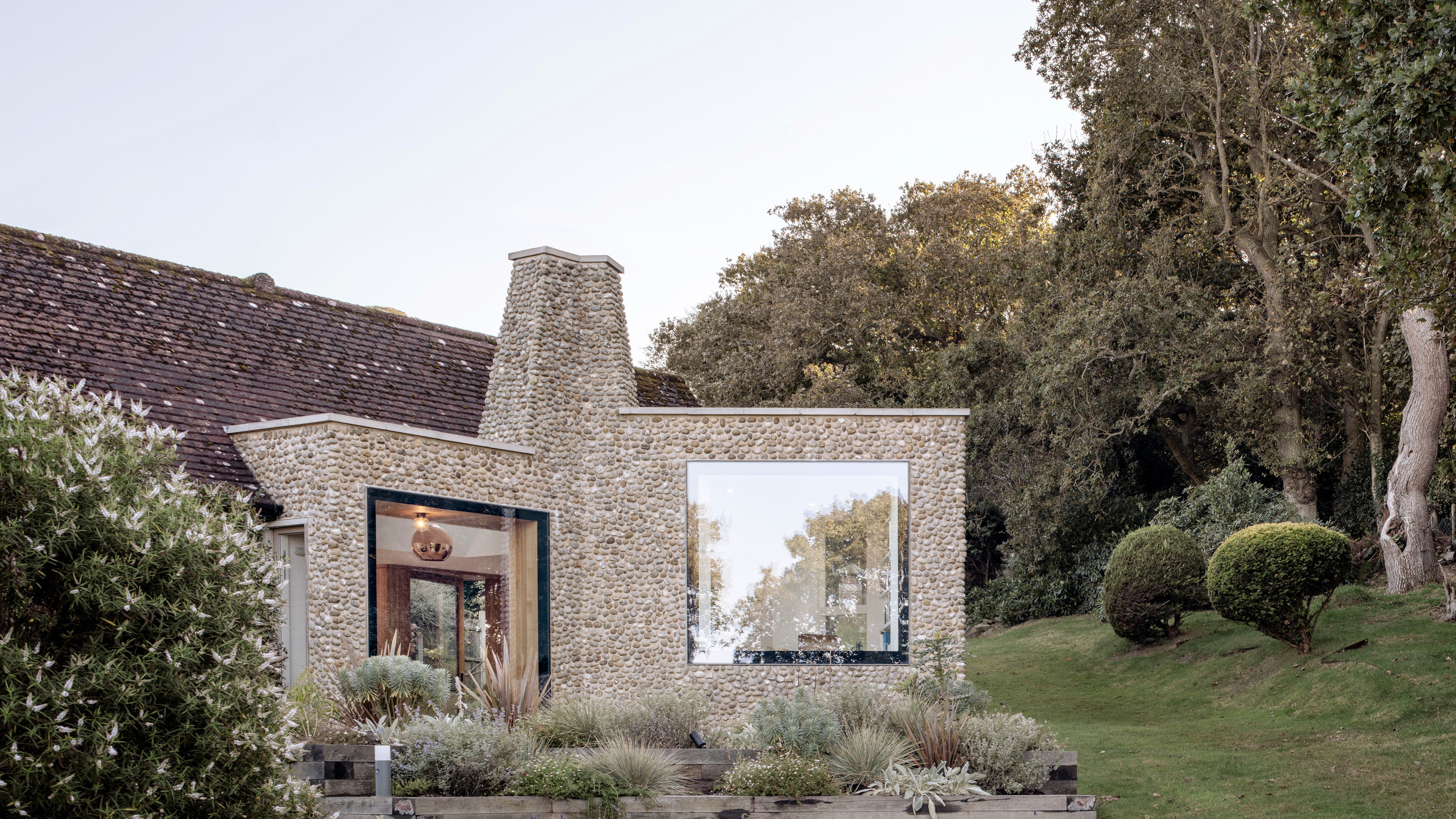 A Norfolk bungalow has been transformed through a deft sculptural remodelling
A Norfolk bungalow has been transformed through a deft sculptural remodellingNorth Sea East Wood is the radical overhaul of a Norfolk bungalow, designed to open up the property to sea and garden views
By Jonathan Bell
-
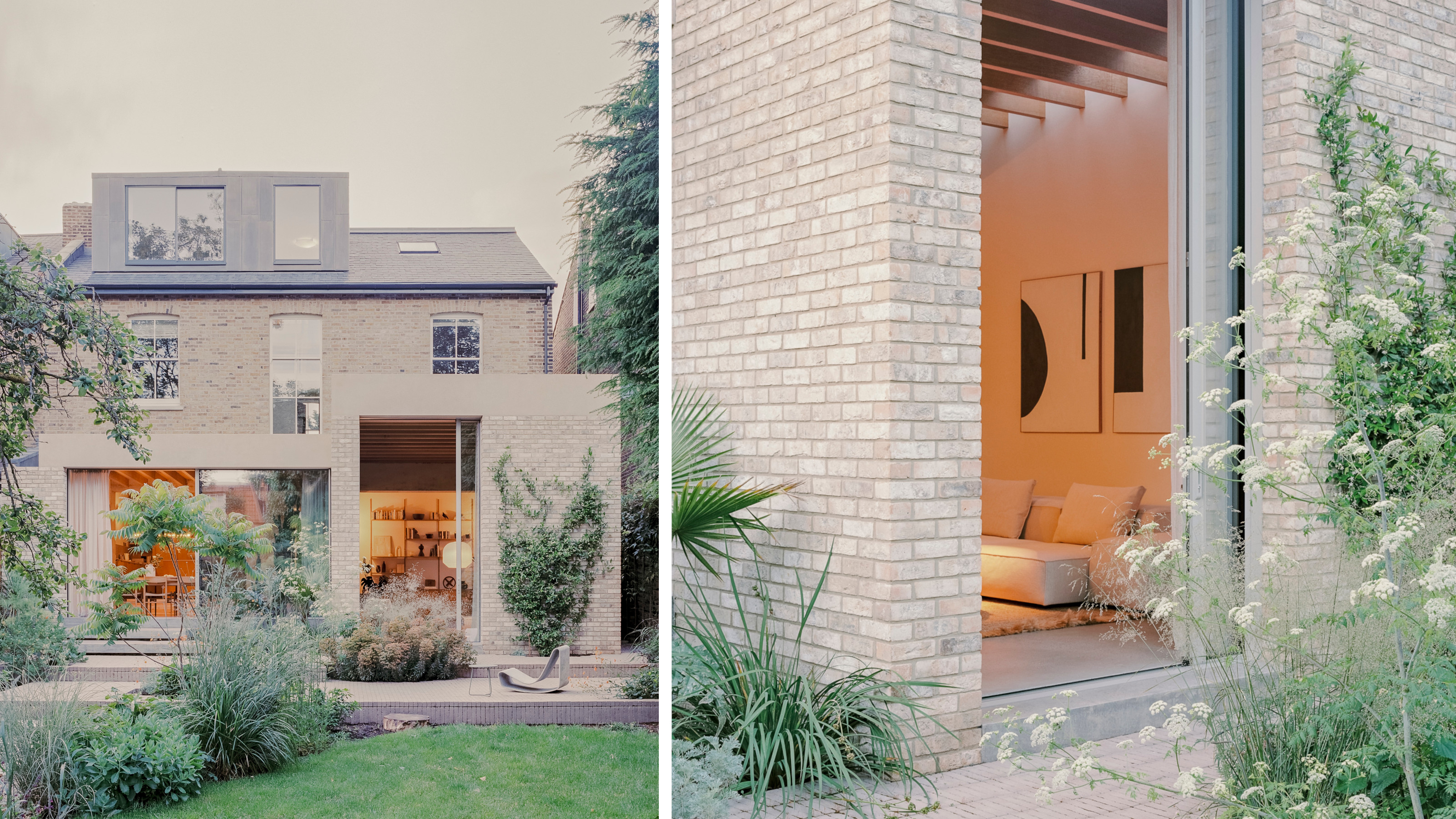 A new concrete extension opens up this Stoke Newington house to its garden
A new concrete extension opens up this Stoke Newington house to its gardenArchitects Bindloss Dawes' concrete extension has brought a considered material palette to this elegant Victorian family house
By Jonathan Bell
-
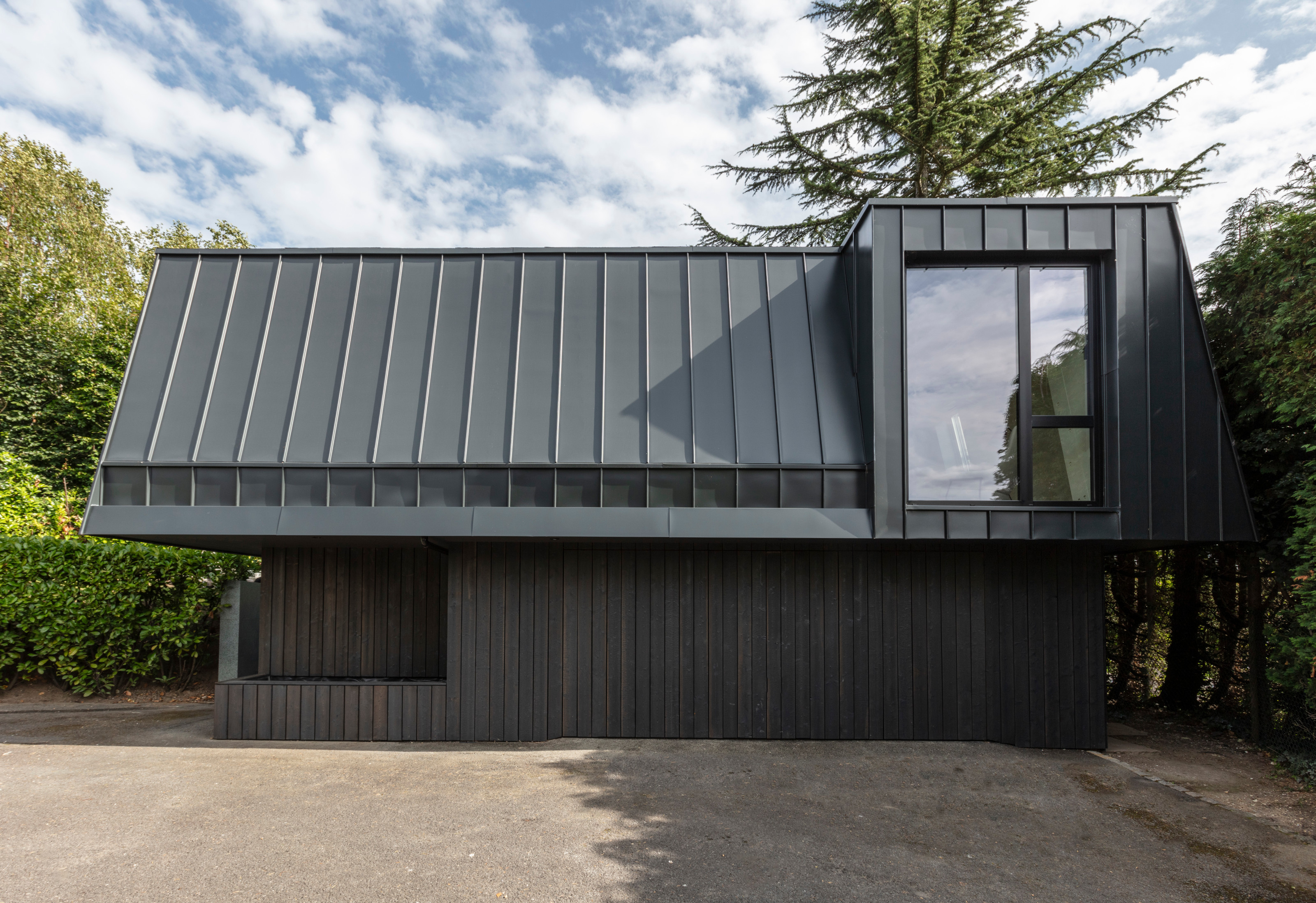 A former garage is transformed into a compact but multifunctional space
A former garage is transformed into a compact but multifunctional spaceA multifunctional, compact house by Francesco Pierazzi is created through a unique spatial arrangement in the heart of the Surrey countryside
By Jonathan Bell